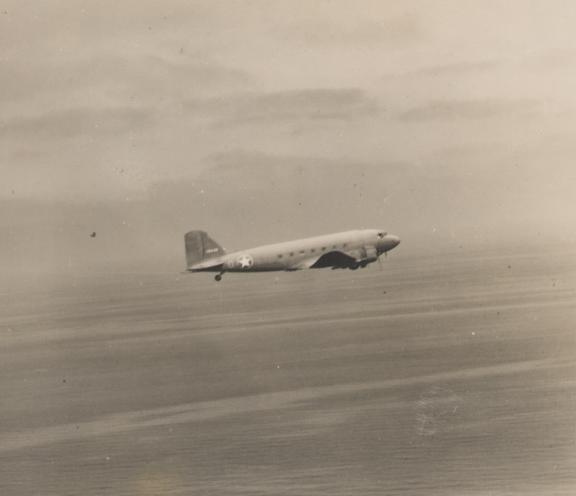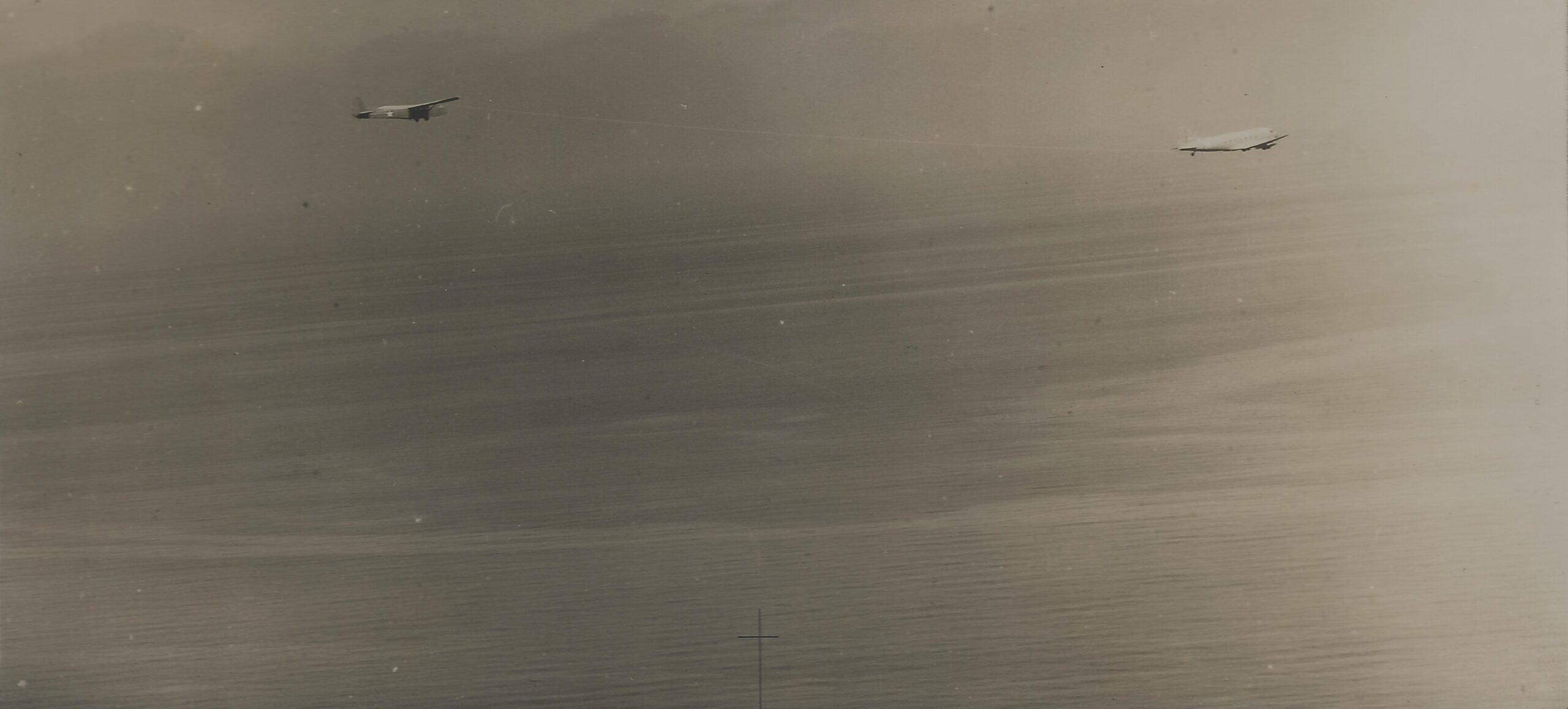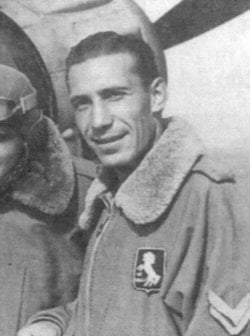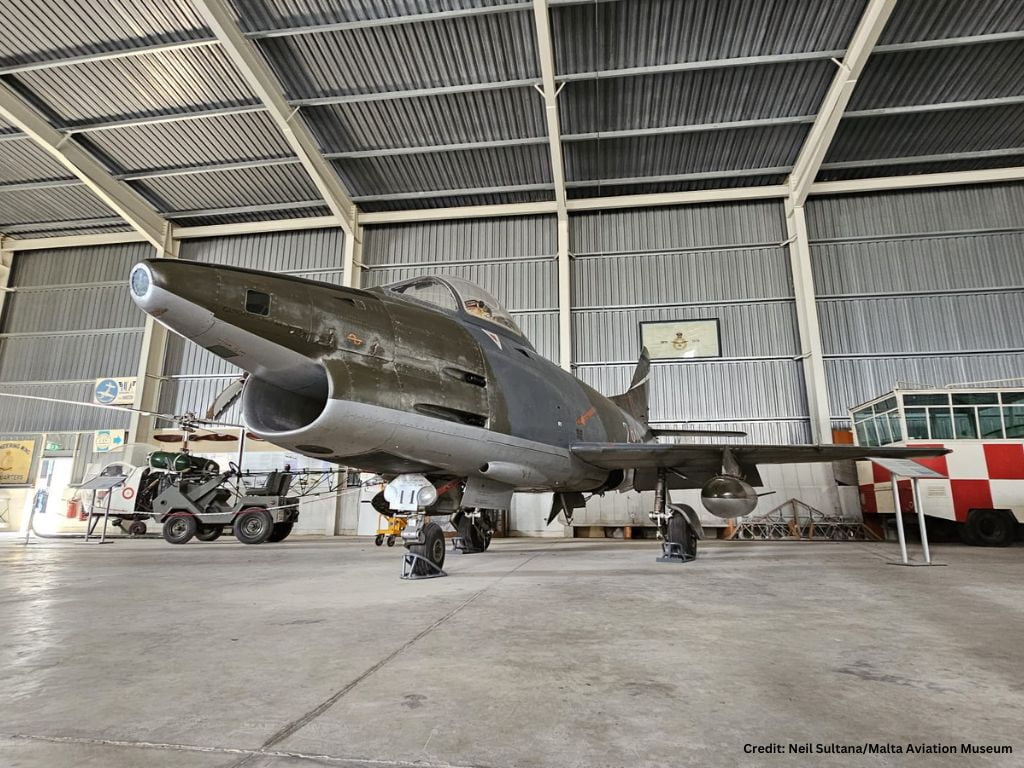In the summer of 1943, the Mediterranean skies witnessed daring operations that would play a pivotal role in the Allied invasion of Sicily. Armstrong Whitworth Albemarle, Handley Page Halifaxes, and Horsa gliders set the stage for Operation Ladbroke and Operation Fustian.
by Geoff Farrar and David Spiteri Staines
During the invasion of Sicily of July 1943, 28 Armstrong Whitworth Albemarle of 296 Squadron, together with seven Handley Page Halifax of 297 Squadron, 38th Wing, RAF and 19 Horsa gliders took part from North African bases in two major operations: Ladbroke on the night of 9/10 July and Fustian on 13/14 July. On each night a welcoming cone of searchlights over Malta provided the final navigational “fix” before reaching Sicily. Two Albemarles landed in Gozo for refuelling on the return journey to North Africa, and one Albemarle landed in Malta with a wounded crew member.
Operation Ladbroke 9/10 July 1943
Gilder-borne troops of 1 Airborne Division were tasked with the capture of the Ponte Grande bridge near Syracuse. Preparations for the operation were rushed. In May, pilots were required to build the CG-4A (Hadrian) gliders at La Senia Airfield in Oran (Algeria). In ten days they built five airstrips near Sousse, and Kerouan on the Tunisian coast, from where the operation would start. They joined nine Horsas which had been ferried there.
On the night of the operation, a gale was blowing. Nevertheless, the tug/glider combinations took off on time for the 450-mile flight ahead of them, at an altitude of no more than 100 feet. In the poor weather conditions prevailing at that time, the glider pilots struggled to keep the station on their tug aircraft. The troops were transported in seven Horsa gliders, each towed by an RAF Halifax aircraft. One Horsa was towed by an RAF Albermarle, 27 Wacos were towed by RAF Albemarles and 108 Wacos were towed by USAAF Dakotas. The Albemarle-towed Horsa was the first Allied glider to land in Sicily.
Of the gliders towed by the RAF, two pulled off or failed to take off, while four did not cross the North African coast due to technical problems. Eight landed in the sea, four went missing or unaccounted for and are believed to have ditched in the sea. The remaining 17 landed in Sicily. Those who ditched in the sea were said, by the RAF crews, to have cast off at the correct place and height near the coast but were believed to have lost too much height trying to evade searchlight and flak to reach the landing zones.
Three Wacos towed by Albemarles were seen to ditch in the sea near Syracuse. One Horsa landed five miles from the shore after the tow-rope broke and one Waco cast-off unexpectedly 15 miles south-east of Syracuse. The American Wacos were named Hadrians by the RAF.
S/Sgt Dennis Galpin who was carrying 15 Platoon, 2 Battalion South Staffs, commanded by Lt L. Withers was greeted by searchlight and anti-aircraft fire. Galpin evaded this fire by flying out over the sea. He then decided to head straight for the bridge at a low level; the searchlight beam followed his glider and obligingly lit the landing zone. The bridge was captured quickly and by dawn, the small force of defenders had been joined by other airborne troops and glider pilots. At 100hrs, an enemy infantry battalion supported by artillery and mortars, reached the bridge. A fierce battle followed; the Italians were unable to dislodge the British force defending the bridge although they suffered many casualties.
Eventually, the defenders running out of ammunition, had to surrender. British ground forces moving forward from the beaches soon reached them and freed them. Three hundred other British Airborne troops perished in the sea off Sicily as Gen Hackett explains: “The operation was a disaster. US Troop Carrier Command Tug pilots, flying C-47s with no crew protection and no self-sealing tanks, with virtually no military experience were panic-stricken at their first encounter with flak and cast off their Horsa gliders over the sea at night, facing high winds, too far out for most to make landfall. Over three hundred British Airborne soldiers drowned.”

Operation Fustian 13/14 July
Eleven Albemarles of 296 Squadron RAF and 105 Dakotas of the USAAF carried paratroops to Sicily during this operation. The 1 Parachute Brigade took part in this operation, whilst nineteen gliders carried members of the 1 Air-landing Anti-tank Battery, Royal Artillery. All the gliders took off successfully but were disrupted in their final approach by anti-aircraft fire. Allied warships mistook the tug aircraft for the enemy and fired at them and later enemy batteries on land greeted their approach.
Notwithstanding, the Bridge was successfully taken and held by a combined force of paratroops and glider pilots. These were assisted by fire from 6-pdr guns, manned by Royal Artillery and further assisted by pilots. The position was held until 15 July when infantry and armour of 13 Corps arrived. Of the Albamarles that carried troops of 1 Paratroop Brigade to the Catania Plain to capture the Primosole Bridge, two returned to base in North Africa while the troops were still on board. Another received a direct hit from flak and ditched in the Gulf of Catania, while the remaining eight dropped their paratroops close enough to the dropping zone to take part in the action. The crew of the ditched Albemarie was picked up and brought to Malta.
CG4A Hadrian
The Hadrian was an American troop and supply glider constructed from steel tubes and wood and fabric covered all over. A hinged nose at the front allowed easy loading of troops or light vehicles. This glider, also known as Haig and Waco, was the only US glider to see combat service.
Airspeed Horsa
The airspeed Horsa was designed and test-flown in less than ten months, the glider was put into quantity production starting in 1940. Built virtually entirely of wood, the aircraft featured fairly complete cockpit instrumentation for flying at night or in the cloud. The fuselage was built in three pieces and the main fuselage and tail sections featured quick disconnect bolts to allow the AFT section to be removed for rapid unloading of the payload. The main gear of the tricycle undercarriage was also jettisonable and a nose wheel in combination with a central shock-absorbing skid could be used for rough ground landings.
The Horsa was first used in the airborne assault on Sicily. Later, for the invasion of France, Horsas went into action wearing both British and American colours and they played a notable part in the Normandy landings where over 20% of the total material delivered to the beachheads by air was carried by gliders. Horsa also took part in the invasion of Southern France.




